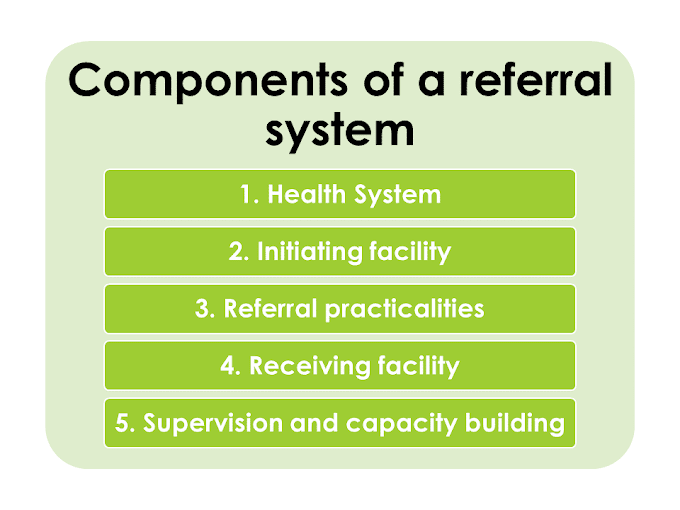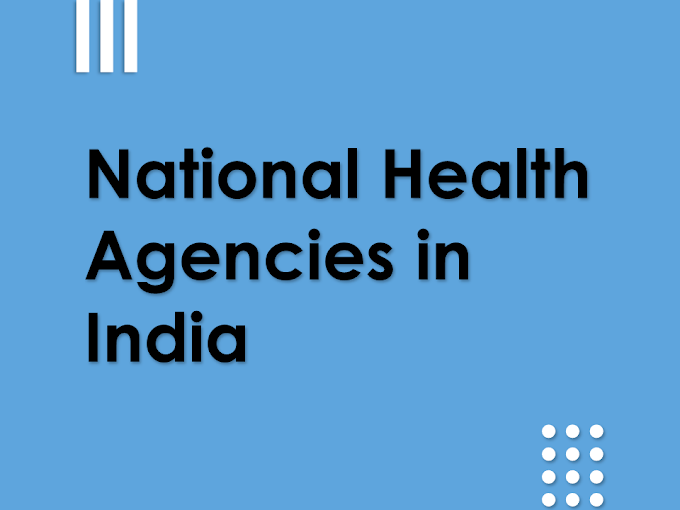What is thalassemia?
Thalassemia is an hereditary hemolytic anemia characterized by reduction in the
synthesis of hemoglobin.
It is an autosomal recessive blood disorder cause excessive destruction of RBC due to formation of abnormal hemoglobin molecules. Hemoglobin is the protein molecule in red blood cells that carries oxygen.
The disorder results in excessive destruction of red blood cells, which leads to anemia. Thalassemia is inherited, meaning that at least one of your parents must be a carrier of the disorder.
Causes
Thalassemia occurs when there's an abnormality or mutation in one of the genes involved in hemoglobin production.
Types of thalassemia
Alpha thalassemia
In alpha thalassemia defective formation of hemoglobin alpha chain occurs. The gene responsible for this present on the chromosome 16.
Beta thalassemia
It is most commonly seen thalassemia. In beta thalassemia the defective formation of hemoglobin beta chain occurs and gene responsible for this is present on chromosome 11.
Thalassemia minor
- Asymptomatic silent carrier case.
- It is a mild form of the illness produced by hetero-zygosity of either alpha or beta chain.
- Good prognosis.
Thalassemia intermedia
- It is a state of chronic hemolytic anemia caused by defective alpha and beta chain synthesis.
- It is homozygous form thalassemia.
- Manifested as splenomegaly and moderate to severe anemia.
Thalassemia major
- It is homozygous form.
- It is severe form anemia requiring frequent blood transfusion to sustain the life of client.
Symptoms of thalassemia
- Pallor and jaundice.
- Hepato-splenomegaly
- Recurrent respiratory infection
- Enlargement of lymph node.
- Growth failure.
- Microcytic, hypochromic RBC.
- Frontal bossing.
- Maxillary prominence.
- Wide set eyes with a flattened nose.
- Anorexia, poor feeding.
- Greenish yellow skin tone.
Diagnosis of thalassemia
Thalassemia is usually diagnosed by blood examination. A blood sample is collected and send to lab to be tested for anemia and abnormal hemoglobin.
For more conformation of disease bone marrow examination is performed. Bone marrow study shows hyper-cellular & erythroid hyperplasia.
Treatment of thalassemia
Thalassemia major is mainly treated by regular blood transfusions and folate supplements. If your child receive blood transfusions, avoid to give child iron supplements.
Children who receive a frequent blood transfusions need a treatment called chelation therapy. This is done to remove excess iron from the body because excess iron in body is harmful.
Child with thalassemia and receive blood transfusions nurse monitor the child for transfusion reaction and iron over load.
A bone marrow transplant may help treat the disease in some people, especially in children.
Provide genetic counselling for parents because thalassemia is a genetic condition.
Gene therapy a new approach of treatment in thalassemia.





0 Comments